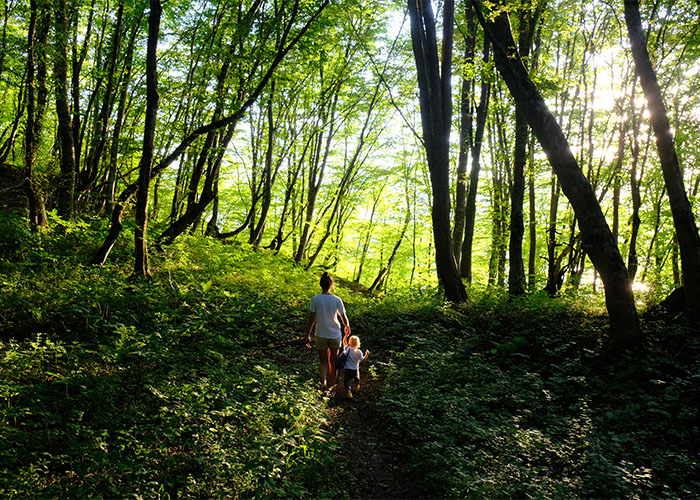Science backs ‘forest bathing’:
We knew we felt good after a long bush-bash on the weekend. Now science has more information as to why.
The Japanese practice of forest bathing, says the World Economic Forum, is proven to lower heart rate and blood pressure, reduce stress hormone production, boost the immune system, and improve overall feelings of wellbeing.
Not only are swathes of green nature said to be soothing, there may be a chemical reaction going on unseen to improve human health. Trees emit various essential oils known as phytoncide, to protect themselves from germs and insects – inhaling this seems to improve our immune system function.
See the article here.
Photo by Abdur Ahmanus on Unsplash.
Are smart cities doomed to be stupid?

Rem Koolhaas, Dutch architect, architectural theorist, urbanist and Professor in Practice of Architecture and Urban Design at the Graduate School of Design at Harvard University, suggests that ‘smart cities’ are more about commercial interests than they are about livable values.
In a speech published by the European Commission, he says:
“The smart city movement today is a very crowded field, and therefore its protagonists are identifying a multiplicity of disasters which they can avert. The effects of climate change, an ageing population and infrastructure, water and energy provision are all presented as problems for which smart cities have an answer.
“Apocalyptic scenarios are managed and mitigated by sensor-based solutions. Smart cities rhetoric relies on slogans – ‘fix leaky pipes, save millions’.
“Everything saves millions, no matter how negligible the problem, simply because of the scale of the system that will be monitored.
“The commercial motivation corrupts the very entity it is supposed to serve… To save the city, we may have to destroy it…”
Photo: SFU.
Anatomy of a great dog park:
With dog parents on the rise, and places to socialise in growing demand, simple grass may no longer cut it for off-leash enclosures.
CityLab says dog parks where pets scamper off-leash are the fastest-growing segment of urban parks in the US, rising by 89 percent since 2007.
As cities continue to stake out four-legged-friendly zones, asks writer John Metcalfe, how can we make sure hounds are getting the best experiences and not, say, surviving chaotic mosh pits of mud and snapping teeth?
Full story here.
Photo by Jeyakumaran Mayooresan on Unsplash.










